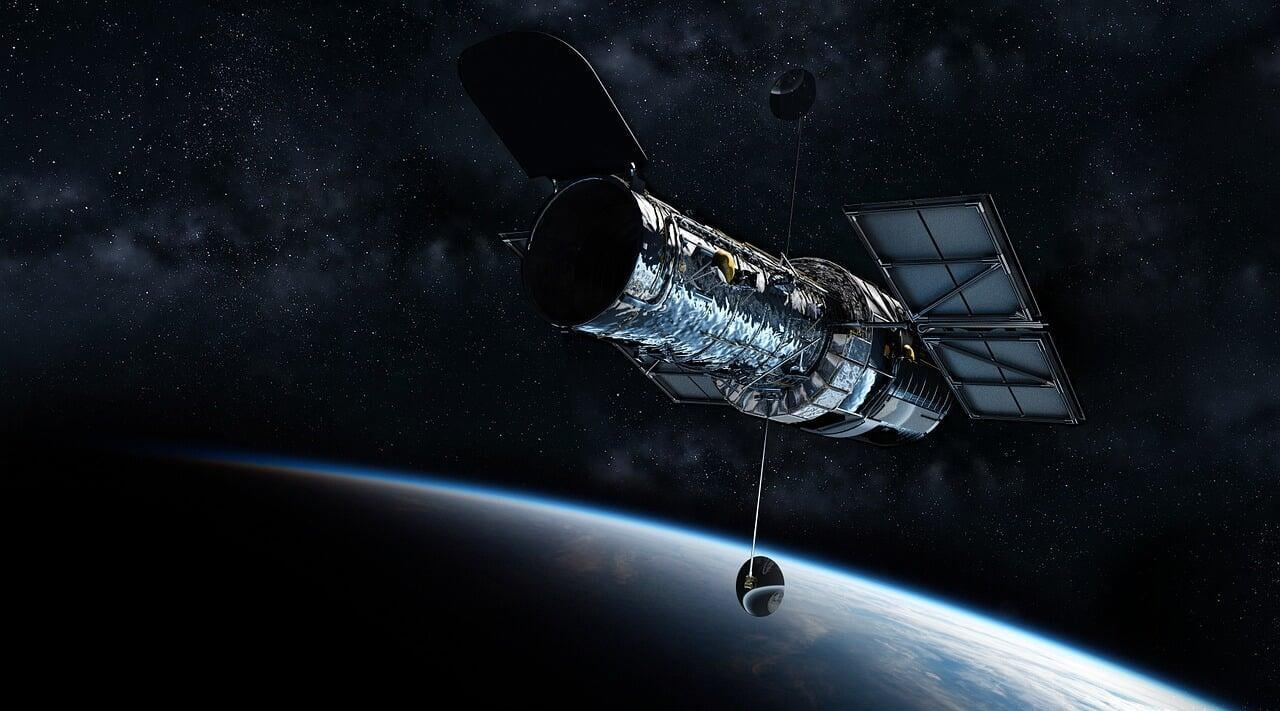As the space industry grows, new companies and startups will begin to form to innovate on the existing market. This explosion in growth will result in many successes, and many more failures. We will see new telescopes, cameras, cube satellites, nano satellites, rocket propulsion systems, and much more. Above all, these new products being developed in the space and satellite market will need a way to test their products out prior to launching them into space.
Australian National University and journalist Ben Sampson provide some methods of satellite testing on the ground include:
Thermal & Vacuum Test Facilities
Vibration and Shock Test Facilities
EMC Chamber
Force Limited Vibration Test (FLVT)
There are also methods of testing in-space, which include satellite and parts testing through sounding rockets and the International Space Station. Ground testing is an essential part of any pre-launch process for satellite testing, while in-space testing provides a real environment.
Even with testing, there is still a failure rate that occurs with launching satellites into space - a recent example is SpaceX and their Starlink program, with one article referencing a 5% failure rate and at around $400k per satellite to launch into space there is a financial cost as well as the environmental impact.
Not every company will do in-space testing before launching their payload, which is where near-space satellite tests before launch can be helpful.
This is an opportunity for aerospace companies to test their satellite components in a near-space environment, which includes using high altitude balloons (or weather balloons) for pre-launch satellite tests. By testing in a near-space environment with high altitude balloons, companies are able to test out components of their technology before in-space tests or before launching their product into orbit.
The top 3 benefits of testing satellites pre-launch in near-space (20-30 km range), versus an in-space test or skipping in-space testing, can include:
Cheaper testing cost
Quick speed to launch
Ability to rapid test electronics pre-launch into space
As the space industry grows, startups and new companies looking to innovate will want a way to rapidly test their products prior to launching into space. This is especially true for the cube satellite and nano satellite testing market. The ability to use balloons in combination with ground testing can help reduce failure rates by testing satellite components in a near-space environment before launching.
In an industry where data is essential to drive decisions, pre-launch satellite testing with high altitude balloons is a great way to give your company and engineering team the ability to test satellite components pre-launch.
Connect with us to learn more about how The Outer Rim Company can help with your pre-launch testing at https://www.to-rc.com.
